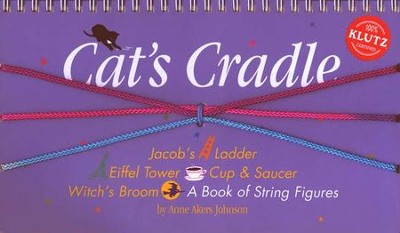So many great resources here! I fell down a rabbit hole though watching the videos on recreating Twinkies and Cheetos :). Brought back memories of trying to recreate graham crackers, cheese crackers, and other foods for my kids when they were diagnosed with Celiac disease. Some successful and some not so much!
The link to makertubs and the challenges David Romano has for his students look very doable. Loved the reference to the four C's - Communication, Collabortaion, Critical Thinking, and Creativity. I am going to try and incorporate some of his challenges or modify them for my 30 minute classes.
Often when I do makerspace I will group students. Que groaning, sighing, and eye rolling. It is so wonderful to see most of that all go away as they start to work together with minimal referring.
I have dabbled in makerspaces in my K-6 library. I have borrowed the set of Little Bits owned by the district and just purchased my own set with book fair profits. It fosters teamwork and collaboration. Kids loved it! It worked best with grades 3 and up. My kit should arrive the week we return from break and I'm looking forward to using it. In prior classes I instructed the students to use the diagrams in the kit to assemble a wheeled vehicle. The teams were so excited to complete the project. This year I am going to give a short lesson on electricity prior to them using the kit, maybe using BrainPOP. I think it will help those that haven't grasped the basics on electrical currents and help them be more engaged. Applying what they know to the real world - go makerspace!
I also use a 3D printer in my library when I have it on loan from the district. My last unit with first graders involved research and a green screen video on coral reef animals. We closed out the unit by printing a sea horse cookie cutter for each of the students. I struggle though because other than watching it, the students aren't actively involved in creating the objects. I tried Tinkercad last year, but 3D drawing has a long learning curve for students (and teachers!) My goal this year is to print something I have drawn on Tinkercad. Prior attempts have not been successful....
I learned that makerspace doesn't have to be fancy, expensive, or complicated. A skein of yarn and a book about cat's cradle string games will engage students. I modeled how to tie a knot and make a loop of yarn, and then make "witches broom." Just tying a know I found out was a new experience for some kids.
Most of the students hadn't heard of Cats Cradle, except a few who had learned about it from an aunt or grandma. Students were motivated to learn, and those that either knew already or picked it up quickly taught others. Some are regularly coming in the library asking for another piece of yarn, so I keep a supply ready and the book on a table!
I am very fortunate that I don't have to justify makerspace in my building/district. My admin and RCSD is very supportive - with staff and funding. My principal and some teachers came into the library when the students were doing cats cradle and they joined in with the kids. Perfect way to connect. I did the lesson the week before Thanksgiving break. I encouraged the students to share their new skill with their families during the holiday break.
Makerspace provides and opportunity for critical thinking, creativity, and probably most importantly collaboration. I want my students to leave elementary school knowing that libraries are a place for life long learning, and makerspace is a motivating and fun way for them to experience libraries and all they can offer.

